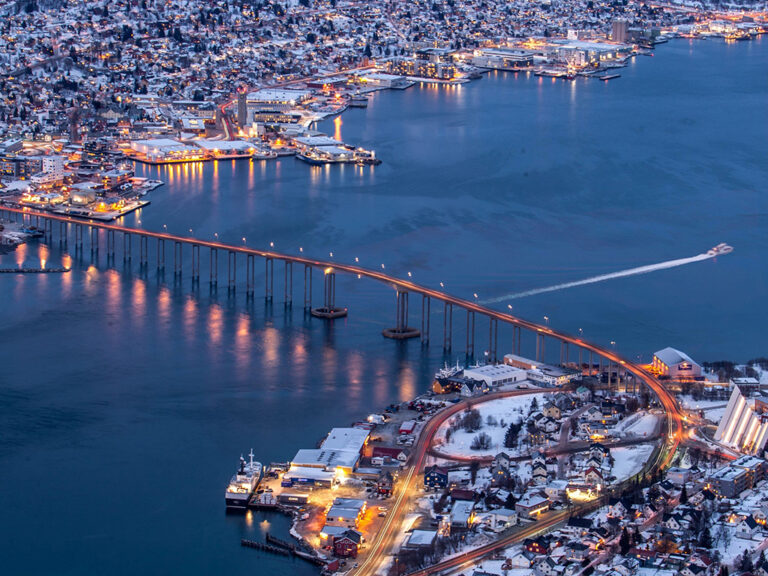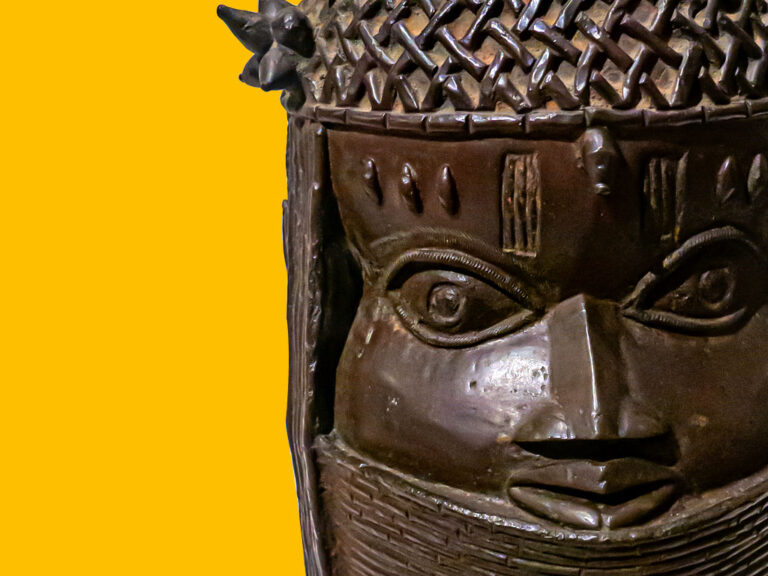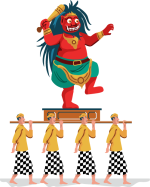Copenhagen, Denmark (TP)
With numerous female characters in a great variety of movies spanning in a period of almost 90 years, Disney has finally put a Southeast Asian heroine in the lead of the company’s latest hit movie attempt.
Raya and the Last Dragon will portray a fictional world with great inspiration from Southeast Asia, a region of 11 countries and a total population estimated to 673 million people.
But not everyone seems pleased with this proposition. Roughly dividing the region into mainland and archipelago Southeast Asia and including influence from different European countries during colonialization into the equation, portraying a common Southeast Asia identity can seem impossible.
An Indonesian Twitter user told the BBC, that she felt the movie should have ‘focused on a certain culture’ rather than attempting the ‘impossible’ task of representing all of Southeast Asia.
From reality to fiction
Southeast Asia is a cultural melting pot, with each 11 nations hailing their own history, customs and identity in spite of been historical intertwined in certain developing phenomenon’s spanning from kingdoms to religion.
Raya and the Last Dragon is set in Kumandra that homes five tribes. Each tribe have their own distinctive culture inspired by places in Southeast Asia. Kumandra as a fantasyland imagines what the region might have looked like thousands of years ago.
‘[For example] the scene where Raya’s father is making her soup – you know, as Southeast Asians, so much of our love is shown to us through food..[so that was] something that really touched me’

Adele Lim
co-scriptwriter
The team behind the film visited selected countries in the region for research before production, namely Vietnam, Laos, Cambodia, Thailand, Malaysia and Indonesia. Members from the team stated that they did not focus on obvious cultural appearances for instead creating ‘depth’ to the movie.
‘When you talk about cultural inspiration, it wasn’t just like “Oh, we like how this looks, [so we] put it in”. It was much deeper than that,’ Adele Lim co-scriptwriter for the movie told the BBC.
‘[For example] the scene where Raya’s father is making her soup – you know, as Southeast Asians, so much of our love is shown to us through food..[so that was] something that really touched me,’ she said.
The colonial legacy
Using food or sociological structures to define a clear picture of what Southeast Asia is, does not seem likely to satisfy much of the region’s residents.
‘The question of what constitutes Southeast Asian identity is still being deliberated by Southeast Asians themselves,’ David Lim, an associate professor at the Open University Malaysia said to the BBC.
‘I think the history of colonialism has to a certain extent shaped the way we look at ourselves and what cultures we aspire to be more like, and who we identify as.’

David Lim
Associate professor at the Open University Malaysia
Western colonization in the region also ads to the way Southeast Asian countries are shaped by. Vietnam was colonized by the French and Indonesia by the Dutch Mr. Lim points out as examples.
‘I think the history of colonialism has to a certain extent shaped the way we look at ourselves and what cultures we aspire to be more like, and who we identify as.’
‘I suspect some in Southeast Asia will know less about their regional counterparts [than their colonisers]. Those in Vietnam for example, might know more about France than Thailand,’ he said.
Extracting the Southeast from Asia
Adding more into complexity, the time seems mature to do justice on how ‘Asian’ is defined. Being the largest continent on the planet, the area houses countries bordering Europe and Australia. Yet, it has often been East Asia representing this vast definition in the likes of China, Japan and South Korea.
The Guardians film critic Steve Rose asks if it is ‘time to retire “Asian” as a category’ in the movie industry.
‘As an adjective that applies to 60% of the world’s population, from Turkmenistan to India to China, it’s not exactly fit for purpose. Was it ever?’ he writes.
While the movie focuses on elements from Southeast Asia, most of the voice cast are of Chinese and Korean descent. A Californian university argued that Raya did not serve ‘real representation’ of the Southeast Asian community in an open letter send to Disney.
There is no doubt that Disney is, yet again, entering new territory with Raya and the Last Dragon. While being partially under fire for not fully embrace representation of Southeast Asia, we can see this movie as a vital first step towards a better understanding of what it means to be part of that specific region.
‘As an adjective that applies to 60% of the world’s population, from Turkmenistan to India to China, it’s not exactly fit for purpose. Was it ever?’

Steve Rose
Film critic at The Guardian
‘The burden of [representing] the whole of Southeast Asia… who can carry that burden? I think if you start to impregnate the film with too many ideas that you project onto it, then it’s rather unfair,’ Mr. Lim said to the BBC.
‘[But instead] look at the film as a way in to talk about Southeast Asia, to trigger conversation about the region.’












